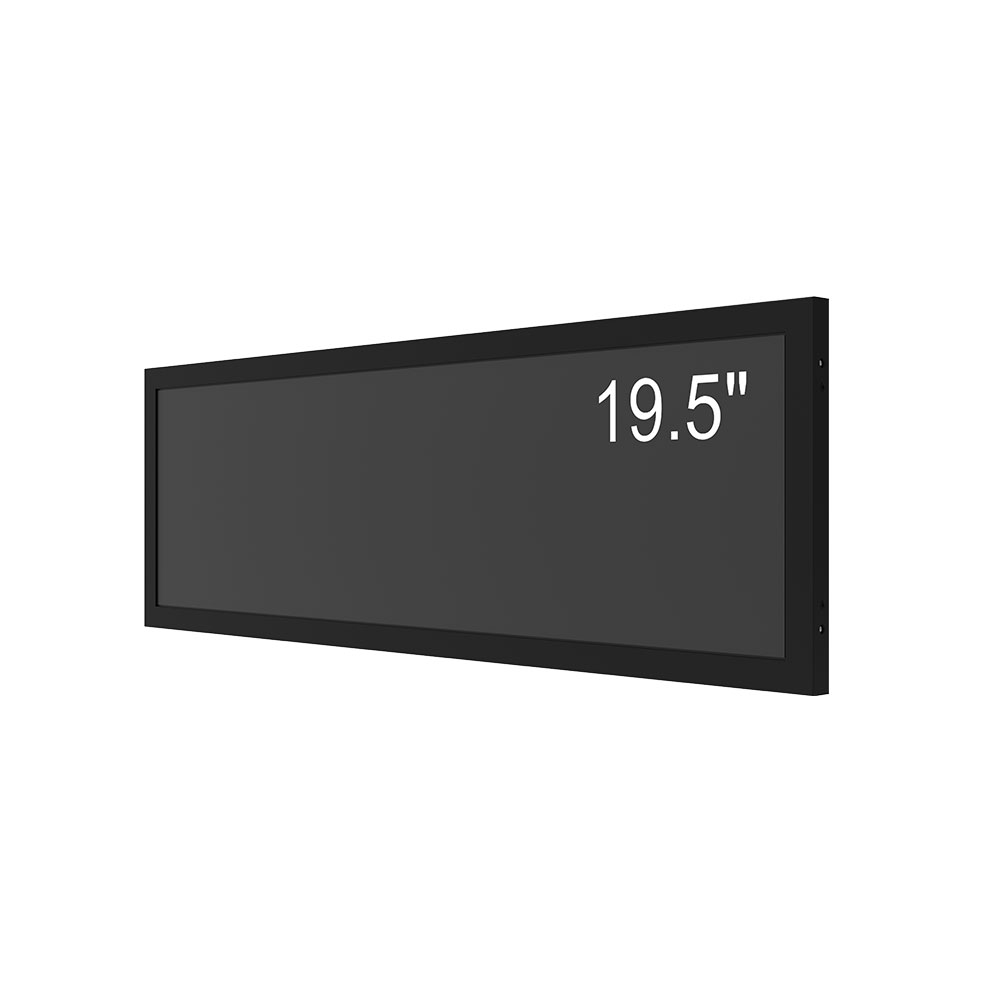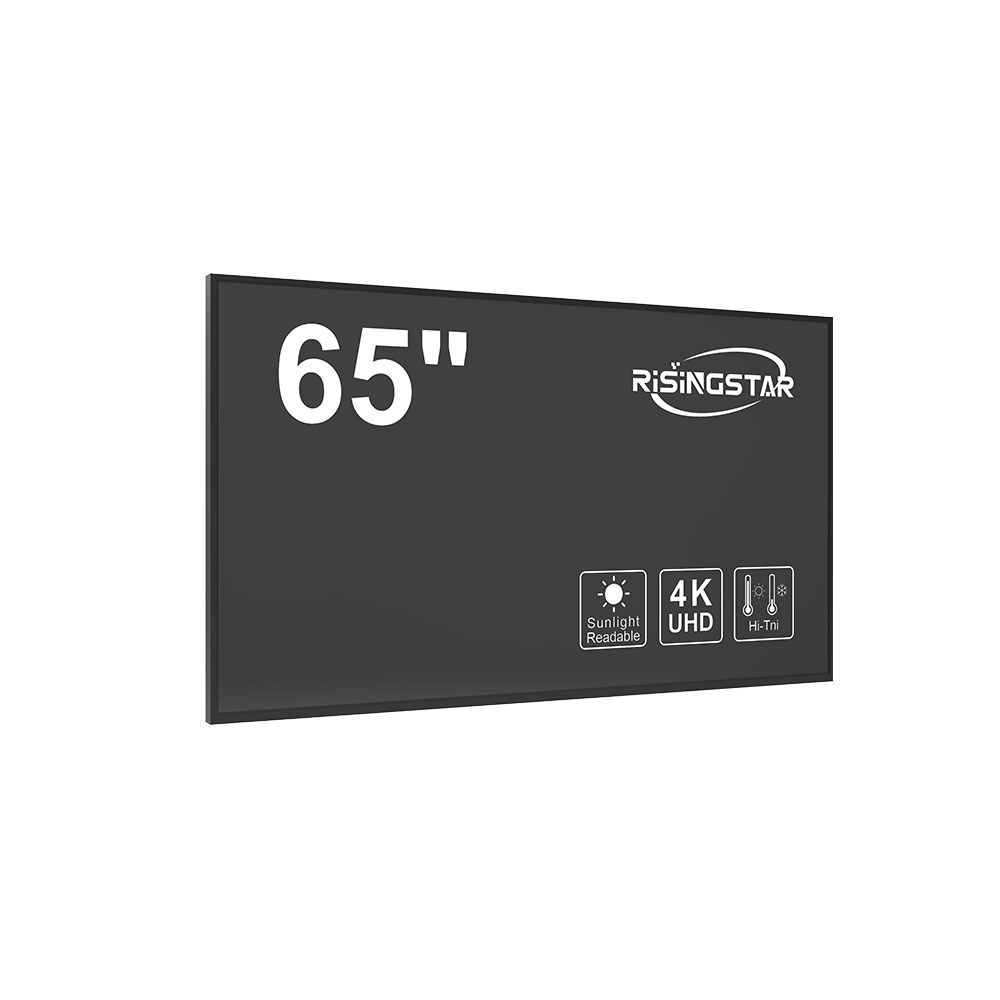
Privacy statement: Your privacy is very important to Us. Our company promises not to disclose your personal information to any external company without your explicit permission.
Outdoor LCD screens are essential in today’s digital signage landscape, particularly in high-traffic urban environments such as transit hubs, retail centers, and public spaces. To ensure optimal performance under extreme conditions—ranging from direct sunlight to sub-zero temperatures—engineers must integrate advanced materials, robust hardware design, and precise environmental controls.
A key factor in outdoor LCD reliability is brightness. According to the Society of Information Display (SID), professional-grade outdoor displays typically require a minimum of 5,000 nits luminance to remain legible in full sunlight. High-brightness LED-backlit panels, often using mini-LED or micro-LED technologies, now enable consistent visibility even in direct solar exposure. These panels also reduce power consumption by up to 30% compared to older CCFL-based solutions, making them more energy-efficient and environmentally friendly—a critical consideration for global sustainability standards like ISO 14001.

Another crucial element is the screen’s enclosure. IP65 or higher ratings are mandatory for dust and water resistance, while polycarbonate or aluminum housings provide mechanical durability against impacts and vibration. For example, a case study conducted by LG Electronics in 2023 demonstrated that outdoor screens with reinforced IP67-rated enclosures experienced 98% fewer field failures over two years in harsh coastal climates compared to standard IP54 units.
Thermal management is equally vital. Outdoor LCDs operate in temperature ranges from -30°C to +60°C, requiring active cooling systems (like heat pipes or fans) or passive thermal design (such as heatsink integration). The European Union’s EN 60950-1 safety standard mandates strict thermal protection protocols to prevent overheating-induced fire hazards—a requirement increasingly adopted globally.
Finally, remote diagnostics and firmware updates via IoT-enabled controllers improve maintenance efficiency. A report from Statista (2024) indicates that smart outdoor displays with cloud-based monitoring reduce service costs by up to 40% annually by enabling predictive maintenance.

In summary, successful outdoor LCD deployment hinges on a holistic engineering approach: high brightness, weatherproof construction, thermal resilience, and intelligent connectivity—all aligned with international industry standards. This ensures longevity, visual clarity, and operational efficiency across diverse global markets.
Email to this supplier

Privacy statement: Your privacy is very important to Us. Our company promises not to disclose your personal information to any external company without your explicit permission.